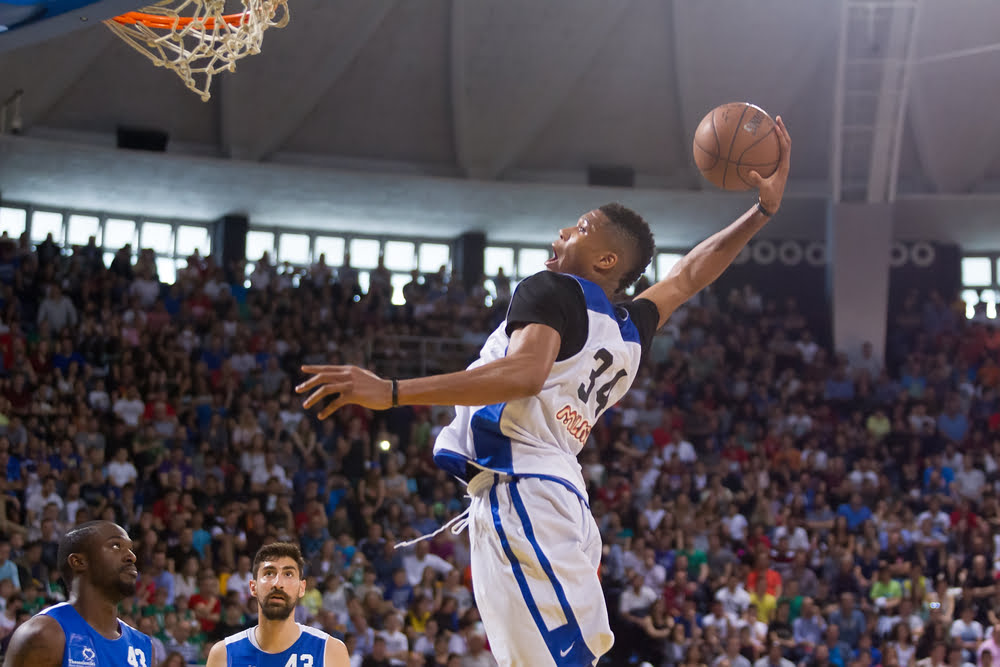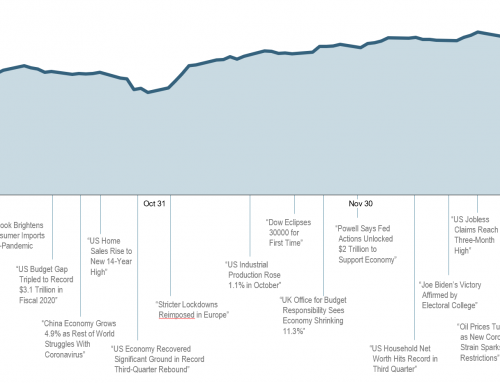
As a teenager, I enjoyed playing basketball. I was short and scrawny, but I was relatively quick and a decent shooter from the 3-point line. I was pretty sure I would be the next John Stockton (short shorts included). In one of our final nail-biter games of the season against a rival school, I scored 23 points (of our team’s 55) as a point guard. Ironically, I never played another game of organized basketball again.
Why? Because the next year I transferred to a larger school and the thought pattern in my head went something like this: “There are 1800 kids at this school. Roughly half – about 900 – are boys. Of those 900, maybe 1/3 – or 300 – play basketball. Of those 300, maybe 100 will go out for the team. Of those 100 that try-out, only 15 will be selected, and 10 of those are returning from last year’s team, meaning there really are only 5 spots available.” The reality of the situation was that 15 of the 900 boys at that school – about 1.6% – had any chance. Teenage males tend to be overconfident, but even I knew I probably wasn’t the 1-in-100 anomaly it would take to be on the team.
Fifteen of those 900 boys did eventually make the team, and if memory serves me correctly, those 15 won the state championship that year. But of those 15, how many went on to play college ball? Zero. They were some of the best of the best in the state, yet they weren’t good enough to go to the next level.
Turns out, they weren’t alone. Some fascinating research from the NCAA shows that these 15 were about normal for their age group. Of the 541,054 boys that played high-school basketball, only 5,445 – about 1-in-100 – went on to play Division I men’s basketball in college. Those 5,445 Division I players are competing for about 45 NBA draft spots each year – another 1-in-100 chance.
So, summarizing the math: For every 100,000 male high-school students, about 10,000 will play high-school basketball. Of these 10,000, about 100 will go on to Division I college ball. Of these 100, about 1 will be drafted into the NBA.
Said otherwise, your aspiring male high-school ball player has a 1-in-10,000 chance of being drafted into the NBA. So much for me being John Stockton.
Turning now to finance. I ran a similar screen using Morningstar’s database of over 28,000 investment funds, managed by professional money managers. These professional fund managers are no slouches – a majority have master’s and PhD level degrees and certifications. Many come from Ivy league schools. Many have decades of experience in this one field. And yet, at the end of 2015, only 24 actively-managed funds had managed to outperform the SP 500 every year over the last 10 years, from 2006-2015. Yes, you read that correct; 24 of the 28,000 — approximately 0.08% — have managed to beat the S&P 500 10 years in a row. Is it because all the rest are not very good at their jobs? No. It is because the competition is so incredibly intense.
Every year, there will be a team of 15 that will claim the NBA championship – they are the best in the world. But to become one of those 15, we had to start with 450 NBA players, which came from 4,500 Division I players, which means we had to start with 450,000 high school players.
Keep this in mind next time you think you’re a pretty good investor and can outsmart everyone else year-after-year-after-year.


